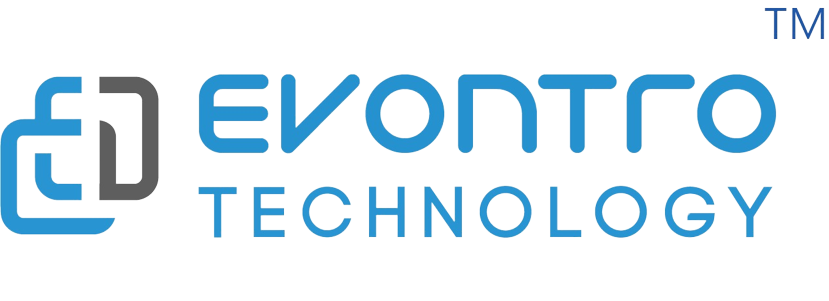Machine learning, a buzzword that resonates strongly in today’s technological age, has significantly influenced a multitude of sectors, from healthcare to finance, and from entertainment to transportation. At its core, machine learning is a subfield of artificial intelligence (AI) where computer systems are trained to learn from data, thereby enabling them to make decisions without being explicitly programmed. It’s a powerful tool with an array of applications, but, like all tools, it has its strengths and weaknesses. This article aims to shed light on the advantages and disadvantages of machine learning.

Machine learning undeniably holds immense potential and has already transformed the way we live and work. Its advantages, from automation to predictive analytics, have streamlined processes, enhanced user experiences, and unearthed deep insights from data. However, its disadvantages, like data dependency and ethical concerns, remind us to approach this technology with caution and diligence.
As we stride further into an age dominated by AI and machine learning, it becomes imperative to harness its strengths responsibly while being acutely aware of its limitations. Only by doing so can we ensure that machine learning serves as a tool for enhancement rather than detriment.
| M | T | W | T | F | S | S |
|---|---|---|---|---|---|---|
| 1 | 2 | 3 | 4 | |||
| 5 | 6 | 7 | 8 | 9 | 10 | 11 |
| 12 | 13 | 14 | 15 | 16 | 17 | 18 |
| 19 | 20 | 21 | 22 | 23 | 24 | 25 |
| 26 | 27 | 28 | 29 | 30 | 31 | |
